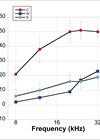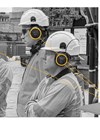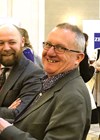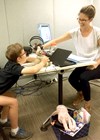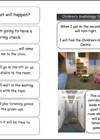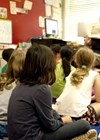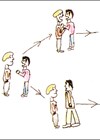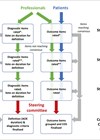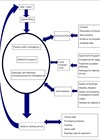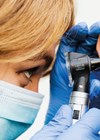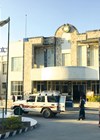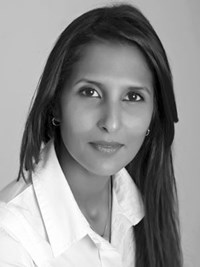Audiology features archive for 2022
COOL therapy for cisplatin-induced hearing loss
Cisplatin is a commonly used cancer therapy, with nearly 50% of patients undergoing chemotherapy receiving cisplatin as part of their regimen [1]. Depending on the dose, incidence of hearing loss has been reported as 12-100% in adults, and 37-94% in...
A new approach to workplace hearing conservation
The traditional approach to managing workplace noise has failed - how can we better protect our nation’s hearing using smart hearing protection? Occupational noise-induced hearing loss (ONIHL) is the most common occupational health condition in the world and the most...
OBITUARY: Professor David M Baguley (1961-2022)
Leader, teacher, mentor, scientist, clinician, patient advocate and man of faith: we will not see his like again. The sudden and tragic death of David (Dave) Baguley has left a gap within the national and international audiology and hearing science...
Decreased sound tolerance in autism: understanding and distinguishing between hyperacusis, misophonia, and phonophobia
Decreased sound tolerance (DST) affects a significant proportion of autistic people throughout their lifetime and, as Zachary J Williams explains, it is important that clinicians are aware of the three distinct subtypes of DST when making a diagnosis. Autism spectrum...
Audiological management of autistic children
Philippa James and Lucy Shiels explain the development of the ‘Autism Listening Clinics’, highlighting a recommended clinical approach for audiologists, the importance of remote microphone technology and sharing some wonderful caregiver experiences. Auditory challenges in autistic children Autism spectrum disorder...
Audiological testing strategies for children and young people with ASD
In 2014 the Hummingbird Clinic was opened, offering a bespoke clinic for children with complex needs or autism. In this article Keiran Joseph shares the wealth of knowledge gained in this clinic over the years and offers some top tips...
Listening differences in autistic individuals
In this article Erin Schafer, Lauren Mathews and Andrea Dunn outline the common auditory issues that autistic individuals face in comparison with their neurotypical peers and highlight the need to move beyond the traditional audiologic test battery when working with...
How can we understand autism and autistic children better?
Andrew Whitehouse draws on his years of experience working with neurodiverse people to give a fantastic insight into the world of autism, as well as suggesting some simple strategies clinicians can use to improve communication with autistic people. How can...
Acute otitis externa: what are the important outcomes?
Matthew Smith discusses a project looking at outcomes of acute otitis externa interventions, and how, going forward, the INTEGRATE team are working with patients to develop outcome measures. Acute otitis externa (AOE) is one of the most common conditions of...
The lessons in setting up a community ENT service in the NHS
Sudeb Mandal, a GP with special interest in ENT, talks about the novel approach taken in the community to deliver ENT services in Kent in the UK. The Kent Community ENT service was born with the vision to bring together...
Ear wax: the good, the bad, and the ugly
With ear wax removal being a core part of ENT and audiology services, Seth Schwartz gives us his dos and don’ts. We have all seen cartoons where a character pulls enough wax out of their ears to make a candle....
Impact of outer ear problems in Northern Ethiopia: experiences of a global outreach clinic
Outer ear disease is one of the commonest reasons for attending the ENT clinic in Ethiopia, just as in the UK. Very little has been published on the experiences of ENT clinics in Ethiopia. Here Yilkal Tassew, Seid Temam and...


